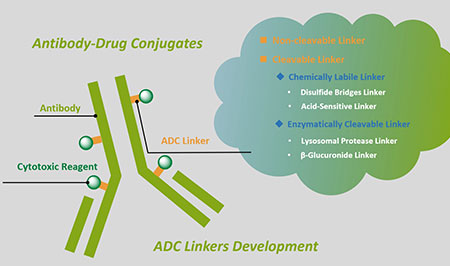Mertansine, the cytotoxic component in antibody-drug conjugates, is attached to a monoclonal antibody through reaction of the thiol group with the SPP (N-succinimidyl 4-(2-pyridyldithio)) linker or SMCC (4-(3-mercapto-2,5-dioxo-1 pyrrolidinylmethyl)-cylohexanecarboxylic acid) linkerto create an antibody-drug conjugate. It derives from a maytansine.

| Catalog Number | Size | Price | Quantity |
|---|---|---|---|
| BADC-00086 | 40 mg(95%+) | $298 | |
| BADC-00086 | 50 mg(98%) | $419 |
| NCT Number | Condition Or Disease | Phase | Start Date | Sponsor | Status |
|---|---|---|---|---|---|
| NCT02254005 | Breast Neoplasms | Phase 1 | 2014-10-01 | Boehringer Ingelheim | Completed |
| NCT02452554 | Pleuropulmonary Blastoma | Phase 2 | 2020-09-22 | Children's Oncology Group | Active, not recruiting |
| NCT02420873 | Leukemia | Phase 2 | 2018-08-28 | M.D. Anderson Cancer Center | Completed |
| NCT02254044 | Carcinoma, Squamous Cell | Phase 1 | 2014-10-01 | Boehringer Ingelheim | Terminated |
| NCT02725541 | Breast Cancer | Phase 2 | 2016-09-14 | Jenny C. Chang, MD | Withdrawn (loss of funding support) |

Customer Support
Providing excellent 24/7 customer service and support

Project Management
Offering 100% high-quality services at all stages

Quality Assurance
Ensuring the quality and reliability of products or services

Global Delivery
Ensuring timely delivery of products worldwide

BOC Sciences offers comprehensive services for ADC manufacturing, including antibody modification, linker chemistry, payload conjugation, and formulation development. In particular, our payload-linker customization service offers a convenient and fast raw material channel for many ADC researchers.

BOC Sciences provides one-stop site-specific conjugation services for amino acids, glycans, unnatural amino acids, and short peptide tags. In addition, cysteine conjugation, lysine conjugation, enzymatic conjugation, thio-engineered antibody can also be obtained quickly.

BOC Sciences offers a full range of linkers, including peptide linkers, PEG linkers, click chemistry, PROTAC linkers, non-cleavable linkers, etc. We also provide custom development services for chemically labile linkers and enzymatically cleavable linkers.